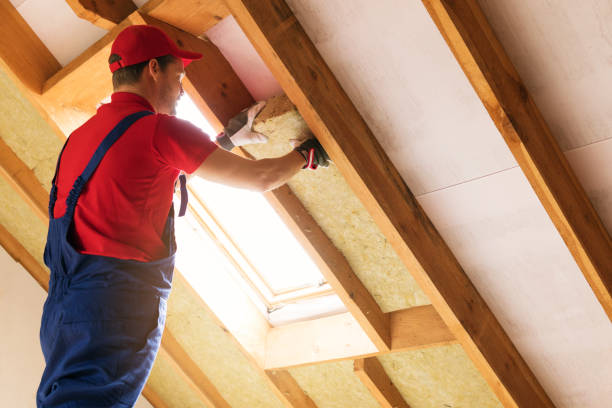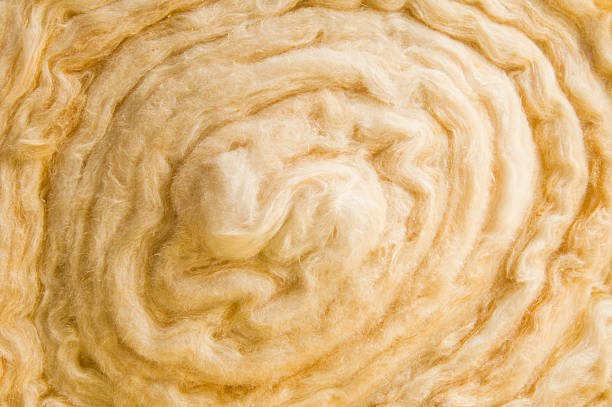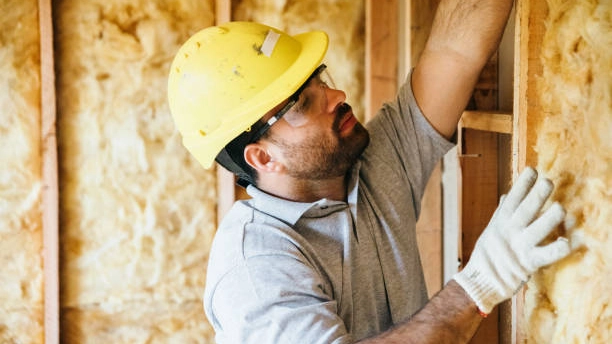Introduction
The installation of insulation inside your home remains the most effective method for improving energy efficiency, reducing utility costs, and creating a more comfortable indoor environment. The correct application of insulation materials will transform the situation with drafty windows and cold floors and expensive heating bills. This document provides complete information about home insulation, including material selections and detailed installation procedures. The guide will provide you with all the necessary knowledge to execute effective home insulation.
Why Insulate Your Home?
Energy Efficiency and Cost Savings
Proper insulation of homes stands as an established technique to boost energy efficiency. Proper insulation blocks heat loss in winters while maintaining summer temperatures inside your home. Your heating and cooling systems operate at reduced effort because of insulation, which results in lower energy expenses. The U.S. Department of Energy reports that homeowners achieve 15% savings in heating and cooling expenses through appropriate home insulation methods.
Improved Comfort and Indoor Air Quality
Insulation creates comfortable indoor environments and delivers additional financial advantages to homeowners. Your home temperature remains stable throughout its entire space because insulation blocks out temperature variations. The insulation material functions as an outdoor pollutant blocker, which enhances the quality of indoor air. People who suffer from respiratory conditions and allergies obtain special advantages from home insulation.
Types of Insulation Materials
Fiberglass Insulation
Fiberglass stands as one of the leading insulation materials that people use today. The insulation product consists of thin glass fibers, which manufacturers provide in batts and rolls and loose-fill configurations. The thermal performance of fiberglass insulation is good while its installation remains straightforward and its cost remains affordable. People need to handle fiberglass insulation carefully because it can cause both skin discomfort and breathing problems.
Cellulose Insulation
The production of cellulose insulation starts with recycled paper materials that primarily use newsprint. Fire retardants are applied to cellulose insulation to boost its safety characteristics. The environmentally friendly material cellulose delivers outstanding insulation against heat and sound. The insulation material gets distributed through blowing techniques into walls and attics because these areas are difficult to access.
Rock wool insulation, also known as
mineral wool, is a durable and versatile insulation material made from natural basalt rock and recycled slag. It offers excellent thermal and acoustic insulation properties, making it ideal for reducing heat transfer and noise in walls, roofs, and floors. Rock wool is fire-resistant, moisture-repellent, and environmentally friendly, as it is made from abundant natural resources and recycled materials. Its dense, fibrous structure also helps improve indoor air quality by resisting mold and pests. Whether for residential or commercial applications, rock wool insulation is a reliable choice for enhancing energy efficiency and comfort.
Spray Foam Insulation
The application process of spray foam insulation results in material expansion, which fills all spaces and produces a completely sealed system. The material delivers outstanding thermal insulation alongside its ability to prevent moisture intrusion. Spray foam insulation costs more than other materials while needing professional installation services.
Rigid Foam Insulation
The production of rigid foam boards requires polystyrene, polyisocyanurate, or polyurethane materials. Rigid foam insulation demonstrates excellent thermal insulation properties, which makes it appropriate for wall, roof, and foundation applications. Rigid foam demonstrates excellent durability and moisture resistance, which allows its use in multiple applications.
How to Insulate Different Areas of Your Home
Attic Insulation
The attic requires immediate attention for insulation since heat naturally rises and escapes through roofs without insulation. Begin by applying insulation materials to close off all air leaks that surround vents along with chimneys and light fixtures. Insulation materials should be placed between the joists. Fiberglass batts together with blown-in cellulose are commonly selected for attic insulation projects.
Wall Insulation
Your walls become more effective at retaining heat when you apply insulation to them. Blown-in insulation represents the most suitable option for existing homes because it allows installation without requiring drywall removal. New buildings typically use batts or rigid foam boards as insulation materials. Exterior walls need special focus because they receive maximum exposure to outdoor temperatures.
Floor Insulation
The insulation of upper floors above unheated areas such as crawl spaces and garages helps stop cold air from entering your house. The effective insulation materials for these areas include fiberglass batts as well as rigid foam boards. Make sure the insulation extends across the whole floor space and fits it correctly.
Basement and Crawl Space Insulation
Basements together with crawl spaces need attention because they control home temperature comfort. Insulation applied to these areas stops cold air from entering while reducing moisture problems. Rigid foam boards, along with spray foam, work well for walls, whereas fiberglass batts serve for ceilings.
Conclusion
Your home benefits from insulating investments because they deliver savings on energy costs along with better comfort and enhanced indoor air quality. Knowledge about insulation materials and their correct installation methods enables you to make decisions that result in better homes while saving money.
Customers seeking high-quality insulation products should turn to FUNAS Insulation. FUNAS provides a broad selection of solutions and professional guidance to assist you in finding ideal home solutions. You can find additional information about insulation projects at FUNAS Insulation, along with project initiation details.
FAQs About Home Insulation
What is the Best Type of Insulation for My Home?
The best type of insulation depends on your specific needs, budget, and the area you're insulating. Fiberglass is cost-effective and easy to install, while spray foam offers superior performance but at a higher cost. Consult with a professional to determine the best option for your home.
How Much Insulation Do I Need?
The amount of insulation required depends on your climate and the area you're insulating. The U.S. Department of Energy provides guidelines on recommended R-values (a measure of thermal resistance) for different regions. Generally, attics require more insulation than walls or floors.
Can I Install Insulation Myself?
While some types of insulation, like fiberglass batts, can be installed by homeowners, others, such as spray foam, require professional installation. Proper installation is crucial for maximizing insulation effectiveness, so consider hiring a professional if you're unsure.
How Long Does Insulation Last?
Most insulation materials have a long lifespan, often lasting 20–30 years or more. However, insulation can settle or degrade over time, reducing its effectiveness. Regularly inspect your insulation and replace it if necessary.


























































